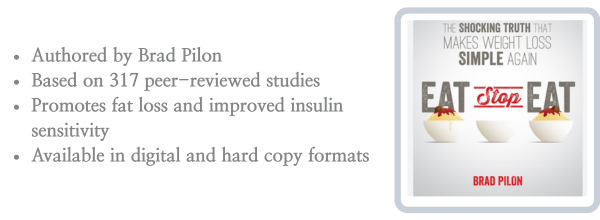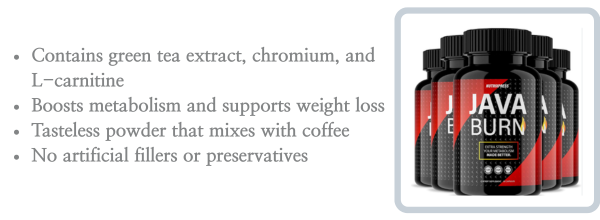
You’ve probably caught a friend or influencer talking up the magic of getting sweaty before breakfast—fasted cardio, they call it. The idea is everywhere: wake up, skip the toast, and hit the pavement, supposedly melting off fat like clockwork. But is there anything to it, or is this yet another fitness myth that sounds better than it actually works? This article breaks down what fasted cardio is all about, what it really does to your body, and why skipping your morning muffin might not overhaul your waistline after all. If you’ve been wondering if giving up your breakfast for a workout is a game-changer, stick around. So, here’s the scoop on fasted cardio: it basically just means doing your morning jog, spin, or power walk without eating first. An empty stomach, usually right after you tumble out of bed. Tons of fitness blogs and gym folks have jumped on this train, swearing it’s the secret sauce to torching more fat and kick-starting your metabolism for the day. But is it really as miraculous as it sounds? Let’s dig in and figure out what’s really going on when you swap breakfast for burpees.

So, here’s the scoop on fasted cardio: it basically just means doing your morning jog, spin, or power walk without eating first. An empty stomach, usually right after you tumble out of bed. Tons of fitness blogs and gym folks have jumped on this train, swearing it’s the secret sauce to torching more fat and kick-starting your metabolism for the day. But is it really as miraculous as it sounds? Let’s dig in and figure out what’s really going on when you swap breakfast for burpees.
Ever tried wrenching yourself out of bed before the sun comes up, chugging some water, and heading straight out for a run with nothing in your stomach but maybe some lingering dreams? Maybe you’ve got that one friend who swears early morning fasted workouts changed their life. Honestly, it’s got a certain appeal—you’re “hacking” your way to fat loss, right?
Alright, so fasted cardio is super simple at its core: you’re heading out to exercise before you eat in the morning, usually after eight-ish hours of not touching food. There’s this popular theory that, since your body’s emptied its tank of stored sugar (glycogen) through the night, it has no choice but to burn through fat when you get moving. On paper, that sounds like a free pass to shed a few pounds before breakfast.
And plenty of gym-goers latch onto it—some for the supposed fat-burning edge, others just because working out first thing fits better into their schedule, or hey, maybe the idea of exercising on a full belly just makes them queasy.
Most articles out there will tell you the “magic” of fasted cardio is at its peak right when you wake up. You’ve fasted all night, so your body’s basically prepped for this little experiment whether you planned it or not.
Here’s where reality kicks in, though. When researchers look into whether all this pre-breakfast exercise is really working overtime for fat loss, things get muddled. You might use a little more fat during your actual workout when you skip eating first, and sure, the energy boost from moving early can make you feel like you’ve already accomplished something before your day even starts.
But, plot twist: when you add up your calories burned across the whole day, it barely makes a difference whether you did your cardio fasted or with a piece of toast in you. Honestly, it shocked me. I watched a buddy stick to fasted runs for a whole season, raving about it, but eventually admitted there wasn’t much to write home about results-wise. Turns out, the biggest win was just picking a routine she could keep going with.
If you’re still curious about giving fasted cardio a whirl, most trainers say to take it easy. This isn’t the time for hardcore intervals or marathon training—not unless you really know your body. Light stuff like walking, jogging, or cruising on a bike usually goes just fine, but going too hard without fuel can make you woozy, or honestly kind of grumpy and over it.
In the end, your routine should feel doable, not dreadful. The “best” time to work out is really the one you can live with—whether it’s at sunrise or sometime after lunch. Listen to your body, experiment a little, and don’t get sidetracked by Instagram hype. If you’re getting stronger and feeling good, you’re doing exactly what you should be.
Honestly, there’s no single right answer here—just what works for you. If skipping breakfast before sweat time has you bouncing through your day, awesome! If you’d rather have a banana in your system, there’s zero shame in that. Fitness isn’t about ticking trendy boxes; it’s about feeling good in your body and having the energy left for the rest of your life. Mix it up if you have to, and celebrate those days when you just get out there, whatever routine you’re following.

Honestly, there’s no single right answer here—just what works for you. If skipping breakfast before sweat time has you bouncing through your day, awesome! If you’d rather have a banana in your system, there’s zero shame in that. Fitness isn’t about ticking trendy boxes; it’s about feeling good in your body and having the energy left for the rest of your life. Mix it up if you have to, and celebrate those days when you just get out there, whatever routine you’re following.
-
The Do’s and Don’ts of Fasted Cardio – Shokz
-
Are There Benefits of Fasted Cardio? – Healthline
-
Morning vs. Evening Cardio – Livestrong.com
Today’s related searches: fasted cardio muscle loss prevention, benefits of low intensity fasted cardio, fasted cardio workout performance tips, how to avoid gluconeogenesis during fasting, fasted cardio versus fed state comparison
Each offers exceptional value and is designed to support your health in meaningful ways


